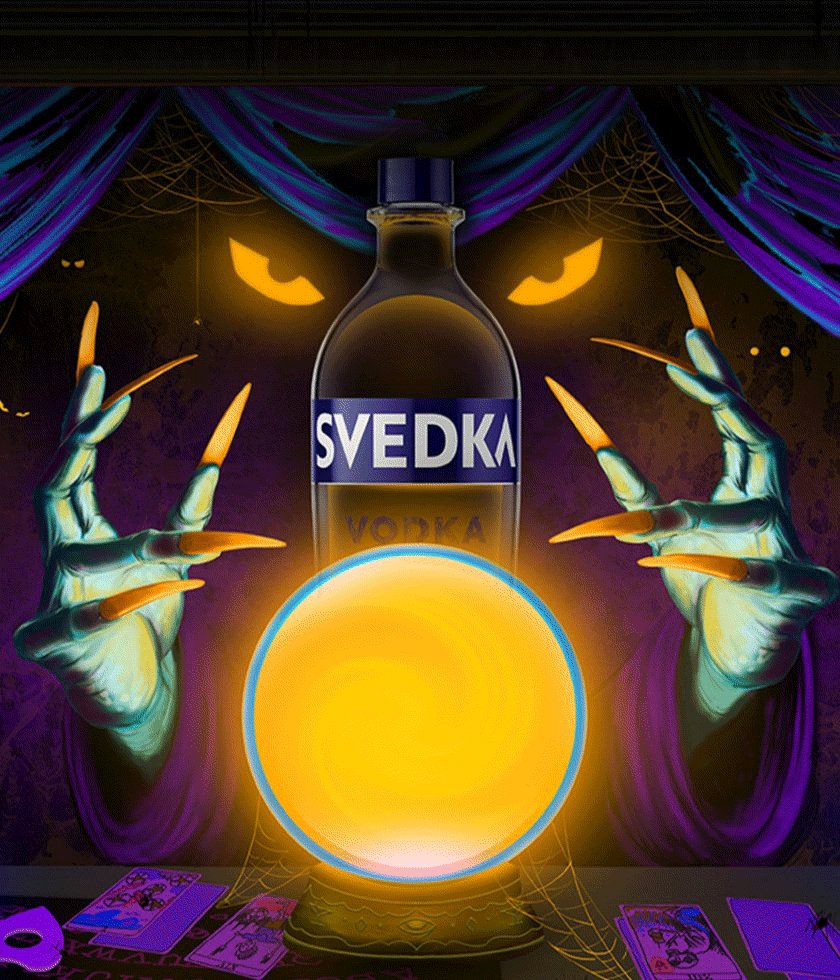How to create a north star for your creative agency with a killer creative brief.

I once read an interview with Michael Beirut (Partner at Pentagram, author, and a senior critic at the Yale School of Art), where he was asked how he begins a creative assignment. Granted, this interview took place in January of 1995, but his answer transcends time, so I’ll share it with you now.
“I see design as an intellectual exercise. It requires a lot of thinking, and the brief is the beginning of that thinking process.”
Beautiful. Succinct. Absolutely true. The creative brief is not only the beginning of a working relationship between the client and the agency (or designer), it’s also the beginning of the creative process. What is the project you’ve been hired to work on? Who is it for? What challenge is it solving? What does success look like? These are the questions a creative brief is tasked with answering.
And why is it important?
In my opinion, the best way to answer this is with another quote, this time from Alina Wheeler, branding consultant and author of Designing Brand Identity.
“Design is intelligence made visible.”
OK, now we’re getting somewhere. So according to Beirut, the purpose of the creative brief is to start the intellectual process, gather all known information, and make clear where you’re headed. It’s a north star for the creative team, and keeps the client focused on the appropriate things. And then according to Wheeler, the purpose of design is to take that intelligence and make it visible. In other words (mine this time), the design is the visual outpouring of the information you’ve put into the brief.
Well, yes—that does seem important. So now that we’re agreed on that, let’s get to a few tips that will help you produce a killer (aka effective) creative brief.
Tip #1: More is better.
Let me clarify. You don’t want to get so prescriptive in your brief that you’ve effectively stifled the creative process for your agency team. And, it’s called a brief for a reason. It’s meant to be short, sweet, and concise. However, when it comes to the details surrounding the project — the who, what, where, when — more is better. Tell us everything you know about the project, the audience, the challenges you’re trying to solve for that audience, and the way you’ll measure success. If this is the beginning of the intellectual process, and our job as creatives is to make that thinking visual… give us as much information as you can to get the best outcome possible.
Tip #2: Include context.
Yes, we need to know what the project is. But we also need to know why you’re doing it, and why you’re doing it now. Is there something about your target audience that has sparked an interest in changing your website? Has a competitor just done a campaign that made you feel a shake up was necessary in your own creative? Share this information! It’s not only helpful, but critical to the success of the creative process.
Tip #3: Clarify the deliverables.
This seems obvious, but we’ve learned that nothing is obvious! Always spell out the deliverables on your creative brief. What are you expecting the creative agency to make for you? Is it a website? Is it a campaign? Do you need billboards? Social media templates? Make sure you’ve nailed this down and have clearly specified the details.
Tip #4: Don’t be afraid to ask your creative agency for help.
Speaking from experience, at BRIGADE, we help our clients with creative briefs ALL THE TIME. If you’re unsure what should be included, or need some assistance with language, just ask. In the long run, you’ll save everyone time, and will likely end up in a much better place creatively.
Tip #5: Try to have fun with it.
Yes, it’s work, and yes, it can be stressful getting everything in place for your creative team. But at the end of the day, the creative brief is the beginning of an exciting process for your organization, and should spark some amount of joy. If it doesn’t, take a step back and consider how you might pivot the project, the goal, or the timeline to feel better, more attainable, or simply — more aligned with your vision.
Now go forth! Begin the intellectual exercise that is your creative brief. Follow these tips and your creative agency will thank you with the best gift they can bestow — beautiful, insightful, stand-out creative that perfectly reflects your company and your brand.


